Scientific Collaborations Are Precarious Territory for Women
Closed networks and ingrained biases can make women's collaborations a balancing act.
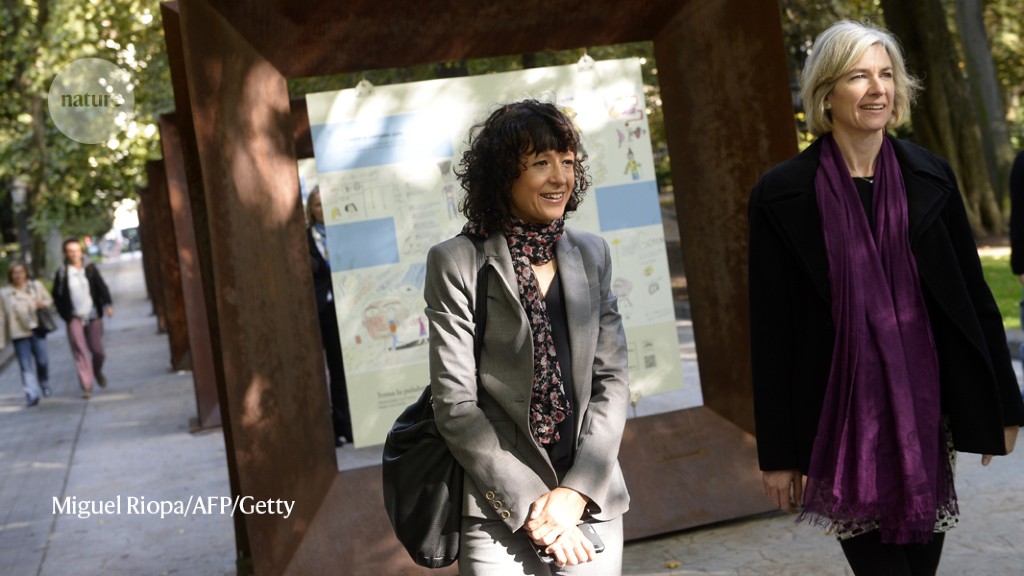
Send us a link
Closed networks and ingrained biases can make women's collaborations a balancing act.

Good intentions are not enough to bring about change; nor are simple tallies, training programmes or unwarranted rosy views. Change requires sustained investment, appropriate incentives and evidence-backed interventions.
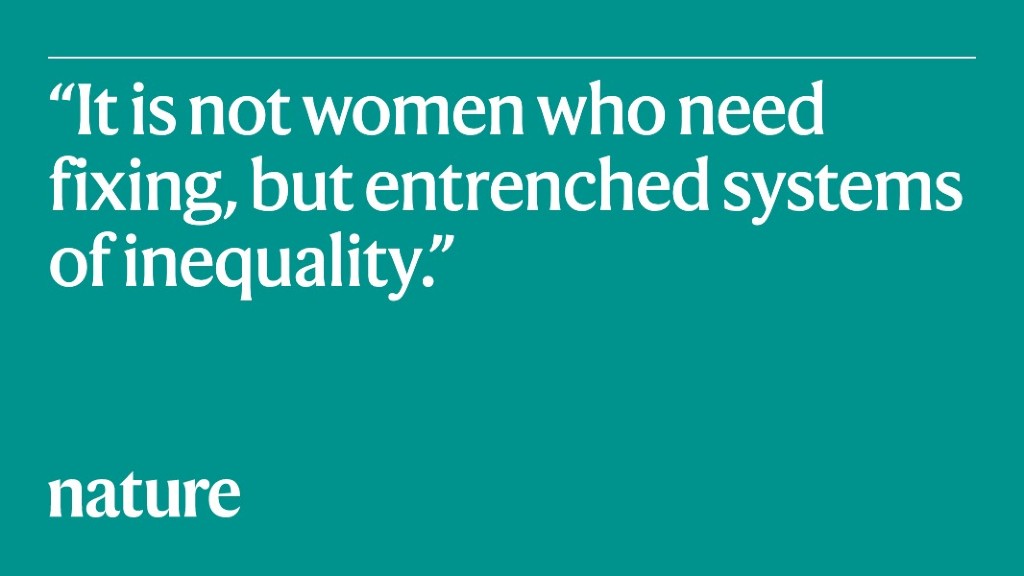
If researchers want to have maximum impact, women must be at the table.
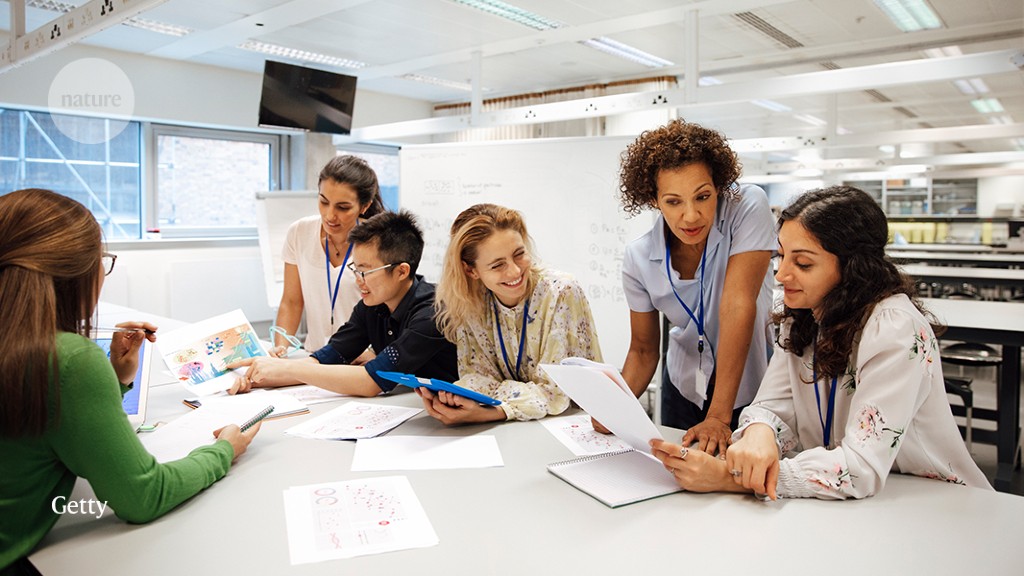
Stereotypes, biases and lack of recognition by teachers and mentors are destroying the confidence of talented female students and driving them from physical sciences, says Chandralekha Singh.
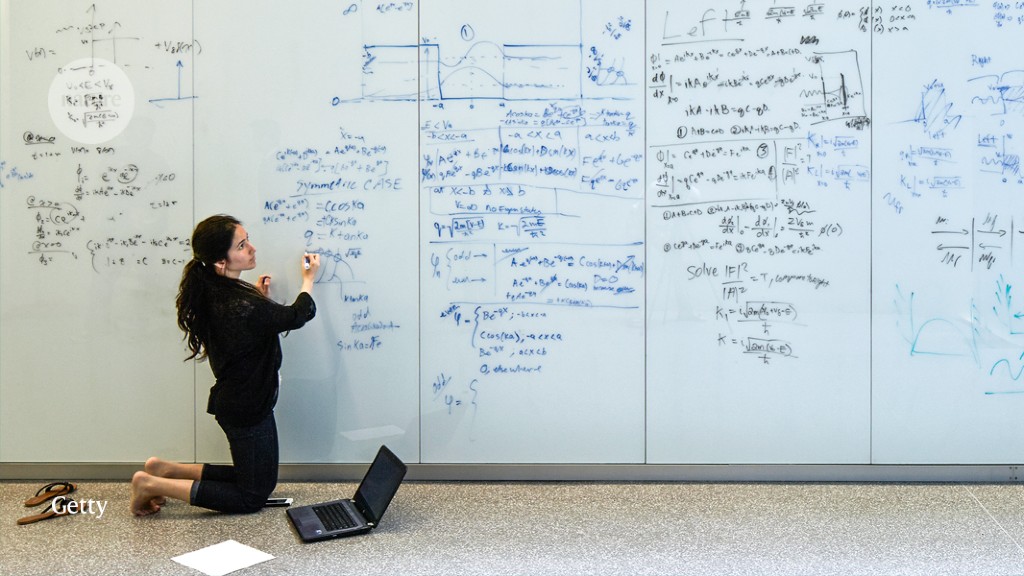
Why international researchers should be lining up to collaborate with women working in science across Africa.
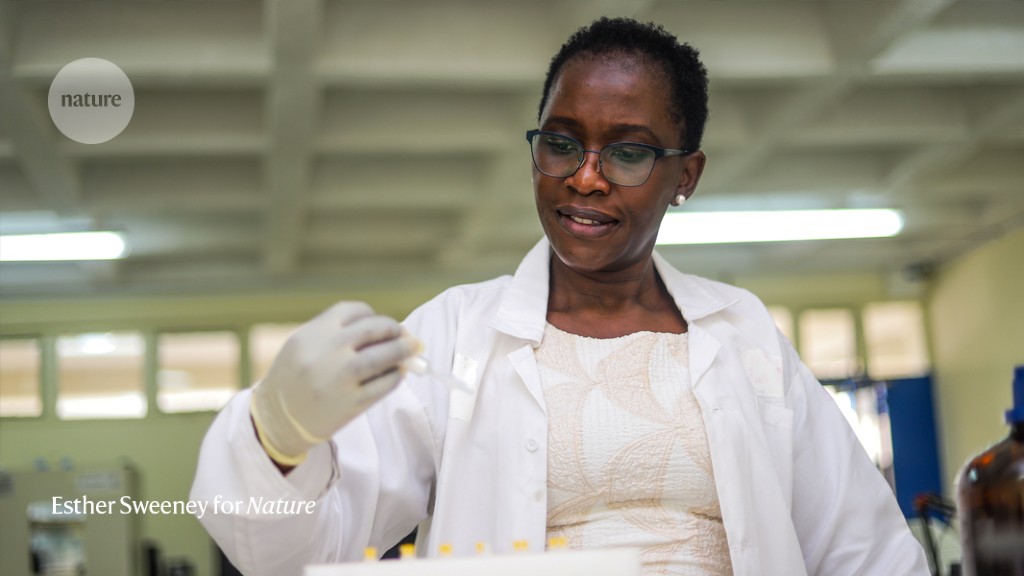
The intense secrecy and security of the world of nuclear science has been used to minimize or overlook the work of its women scientists.
Two often overlooked, inspiring stories of women scientists.
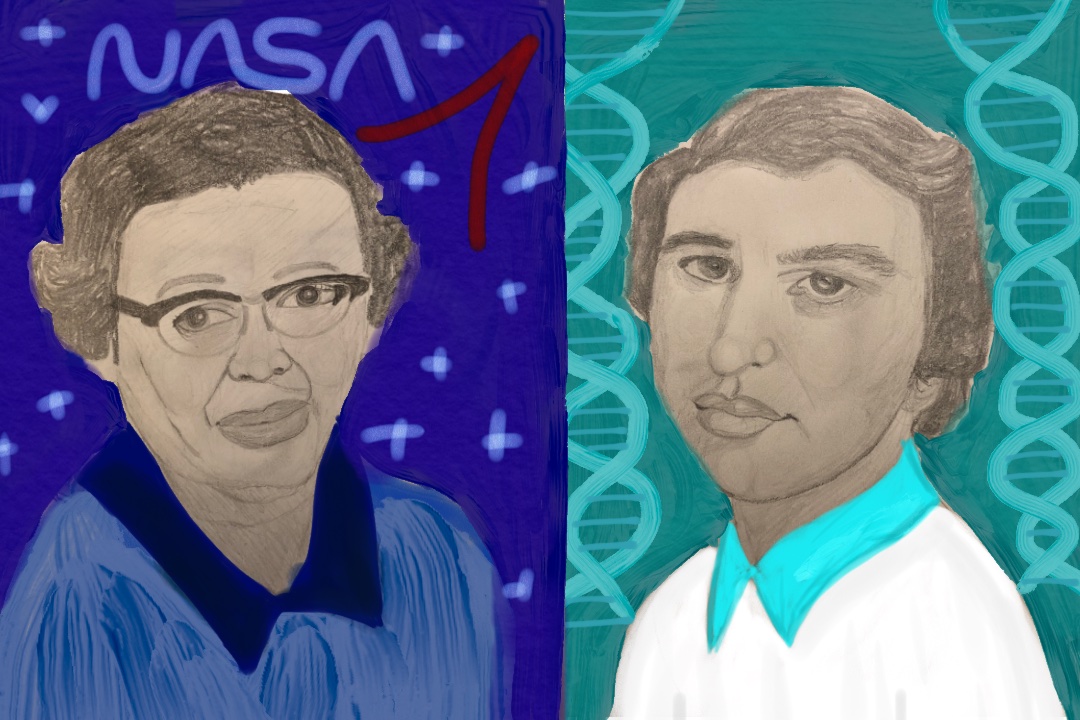
A mid-20th-century computer experiment created a new field of science—and programmer Mary Tsingou Menzel is finally being given credit for her role in making it happen
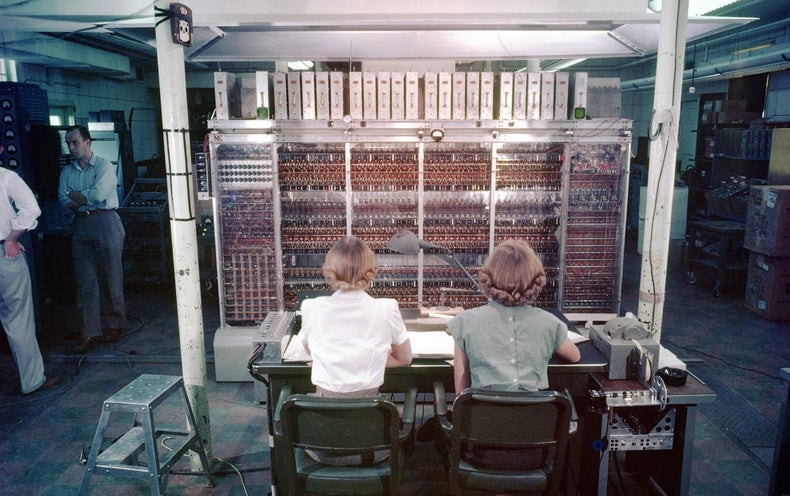
For women in science and engineering, careers in the academic world tend to appeal for their flexibility and potential to make a difference.
Starting a family at a key career stage comes at a cost to birthing parents - and many end up leaving the profession as a result.

"My Remarkable Journey" gives the backstory of NASA mathematician Katherine Johnson, the central character of the 2016 film "Hidden Figures."
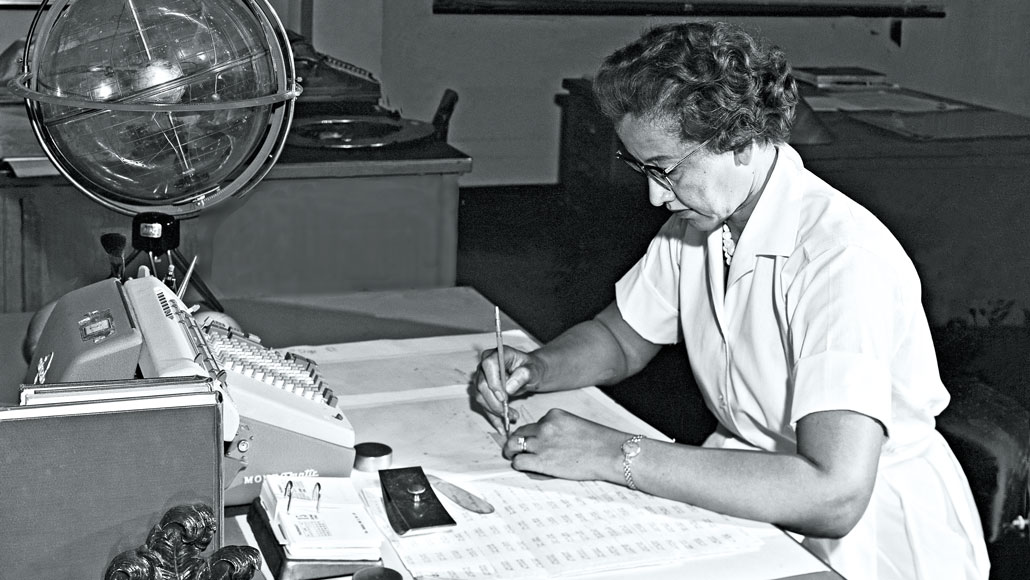
Even before the pandemic, many female scientists felt unsupported in their fields. Now, some are hitting a breaking point.

Collaborating with devoted colleagues, Dr. Kariko laid the groundwork for the mRNA vaccines turning the tide of the pandemic.
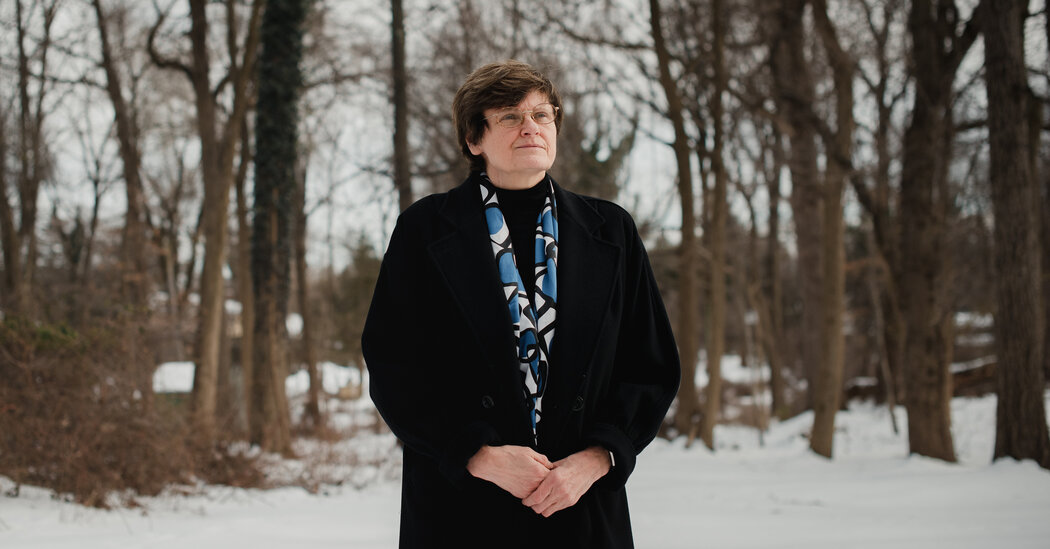
Although women now make up a narrow majority of students, few make it to the academic upper echelons in Switzerland. Change is coming about... slowly.

Find out more about the current edition of the French national program.
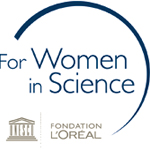
Even as faculty members are given more time to meet a deadline for tenure, many say they are getting less work done because of child care needs.

Help us increase the visibility of women in STEM and inspire the next generation of women scientists. Join us in writing Wikipedia biographies of women in STEM in October and November.

Mother in Science is launching the first global survey to measure the impact of having children on career progression, scientific productivity and career choices of women in STEMM, and to identify the specific motherhood-related factors driving gender imbalance in STEMM employment.

Exploring the structure, cultural frames of collaboration, and representation of women in the open science and reproducibility literatures.

Lockdowns in the United States caused by the COVID-19 pandemic appear related to a decrease in the number of women publishing research papers, especially as first authors.
With male voices dominating the pandemic narrative, female scientists are lamenting the loss of diverse perspectives.

Communicate your support for #BlackLivesMatter: Dos, don'ts, and resources.

What academic workplaces can do.
Preprints analysis suggests a disproportionate impact on early career researchers.
The pandemic will negatively impact the careers of women in STEM, particularly those of color, and failure to respond could jeopardize years of progress toward faculty equity.
Many female academics say juggling their career with coronavirus childcare is overwhelming.

June Almeida was a pioneer of virus imaging who was largely forgotten until the current outbreak.

She was denied access to a telescope because of her sex, but Dr. Burbidge forged ahead anyway, going on to make pathbreaking discoveries about the cosmos.
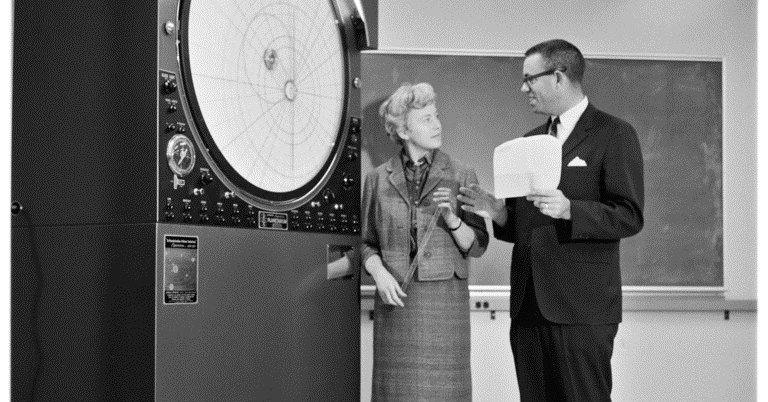
After the success of the first two rounds, Women in Technology is organising the third year of WIT Mentoring.